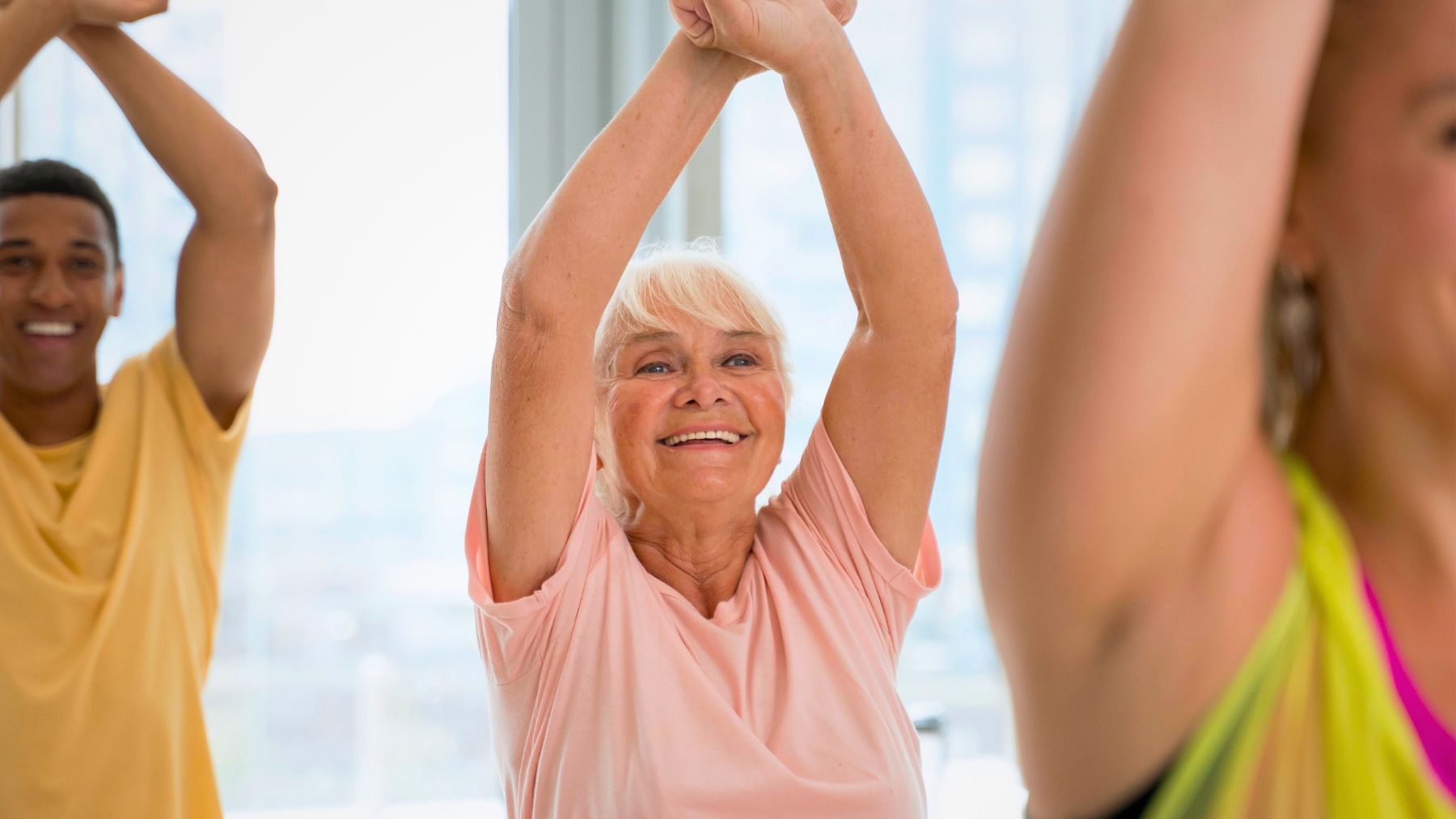If knee pain makes activities like swimming feel challenging, you may discover a gentler and more enjoyable alternative: dancing. This exercise offers distinct advantages for older adults managing joint discomfort, osteoarthritis, and the challenges of aging. It combines movement with creativity, cognitive engagement, and social interaction, all while remaining considerate of sensitive knees.
Here, we’ll examine how dancing distinguishes itself as a safe and effective option for seniors over 60 facing knee issues. You will uncover how dance supports joint flexibility, promotes mobility, and enhances mental well-being. Practical suggestions are also provided to help you begin dancing confidently, even if you have never taken dance classes before.
Dancing, a top exercise for seniors with knee pain
Unlike exercises that require big jumps, squats, or prolonged kneeling, dance movements, especially in styles tailored for seniors, are naturally fluid and adaptable. You have the freedom to control the pace, adjust the range of motion, and set the intensity to suit your condition. For example, a slow waltz or a seated chair dance minimizes stress on the joints while building strength in the legs and core.
Furthermore, dancing contributes to improved joint lubrication. The steady, rhythmic movement enhances blood circulation to the cartilage, which reduces stiffness and bolsters flexibility. Research studies in physical therapy indicate that regular, low-impact movement can delay arthritis progression and ease discomfort in weight-bearing joints such as the knees.
Beyond these advantages, dancing also enhances balance and coordination. Fundamental steps, such as side-to-side shifts or heel-to-toe patterns, gently train your body to move with efficiency, which lowers the risk of falls. Better balance not only reduces the likelihood of missteps during everyday activities but also limits unnecessary strain on the knees, supporting joint health even more.
In addition, dancing uplifts both mood and motivation. The fusion of music, rhythm, and social engagement triggers the release of endorphins that naturally diminish pain perception. This positive emotional boost makes it easier to adhere to a routine, and consistently engaging in enjoyable movement can be more beneficial for joint health than sporadic, high-intensity workouts.
How to start dancing safely and comfortably after 60
The beauty of dancing lies in its versatility and ease of modification. Consider the following guidelines to embark on your dancing journey:
- Try seated dancing first: Use a sturdy chair for support. Move your arms, shoulders, and upper body to music, tapping your feet gently. This builds confidence and introduces rhythmic movement without stressing the knees.
- Explore gentle styles: Consider ballroom dance or line dancing at first. Avoid high-impact styles like salsa or swing until you have built sufficient strength and stability.
- Use online resources: Take advantage of free video tutorials tailored to seniors with guided routines that prioritize joint safety.
- Join a class: Many community centers and senior wellness programs in the US host dance sessions for older adults. Instructors can modify steps to accommodate knee limitations, and the group setting fosters social support and motivation.
- Wear supportive shoes: Opt for footwear with cushioned soles and good arch support to reduce impact on your knees. Avoid dancing barefoot or with unsupportive slippers.
- Focus on smooth motions rather than speed: If a movement causes discomfort, adjust it by shortening your step, reducing the range of motion, or pausing as needed. Always begin with gentle warm-up stretches to prepare your muscles and joints.
Before starting, consult a physical therapist and professionals experienced in senior fitness to personalize your approach. They can help identify movements to avoid and recommend complementary strengthening exercises like leg lifts or calf raises to support your joint health.

